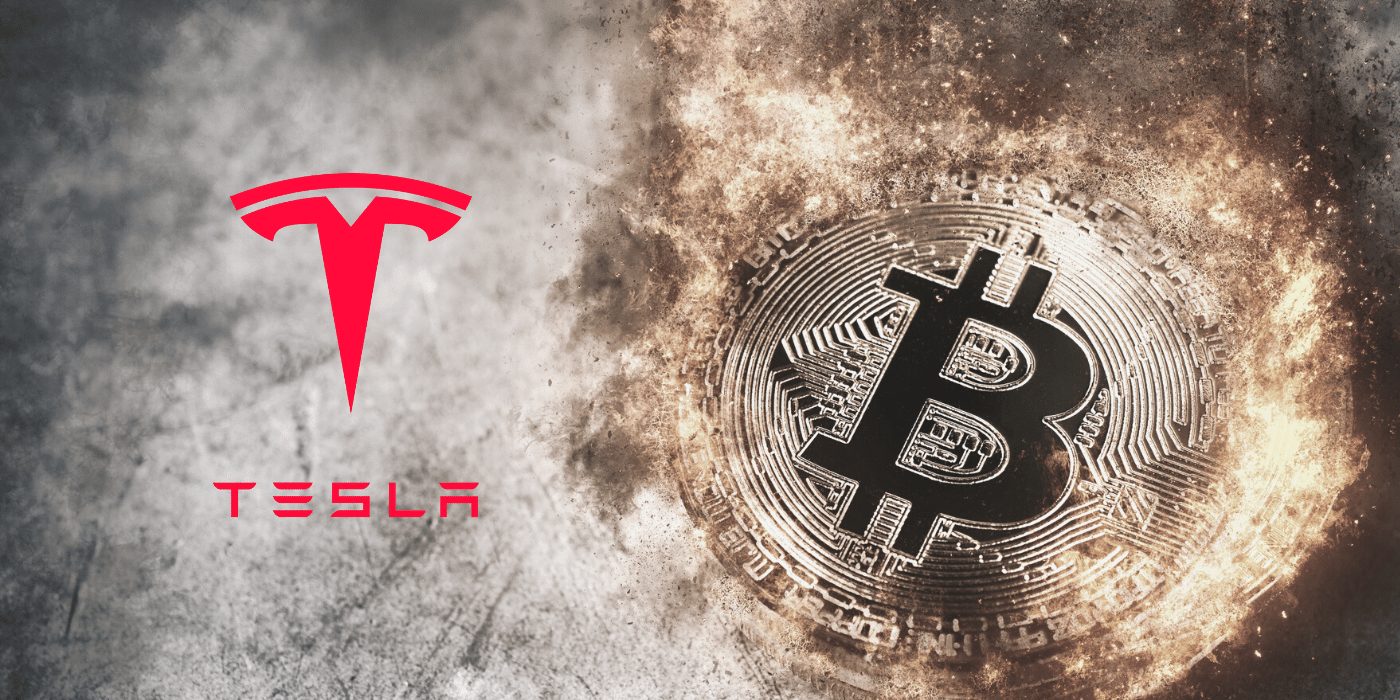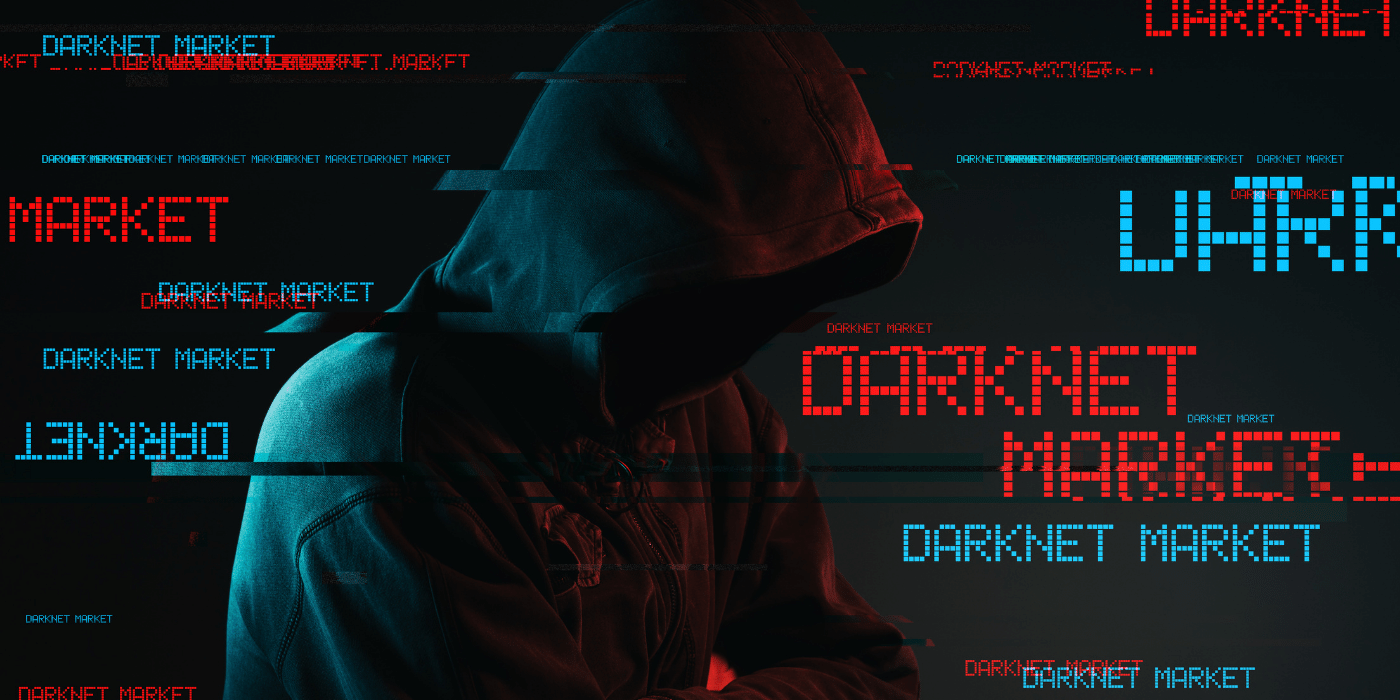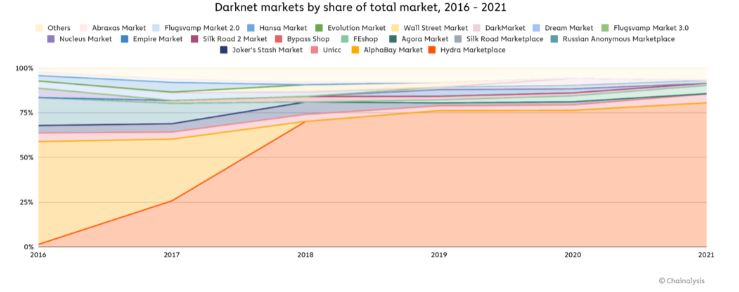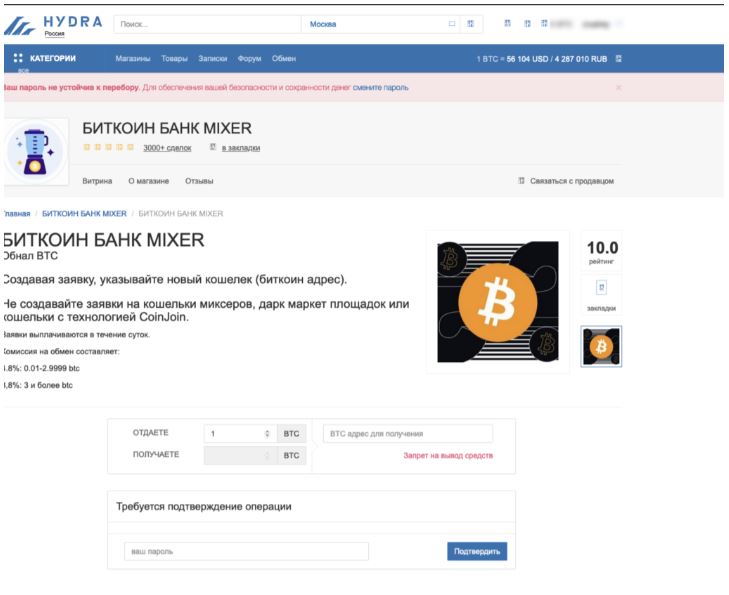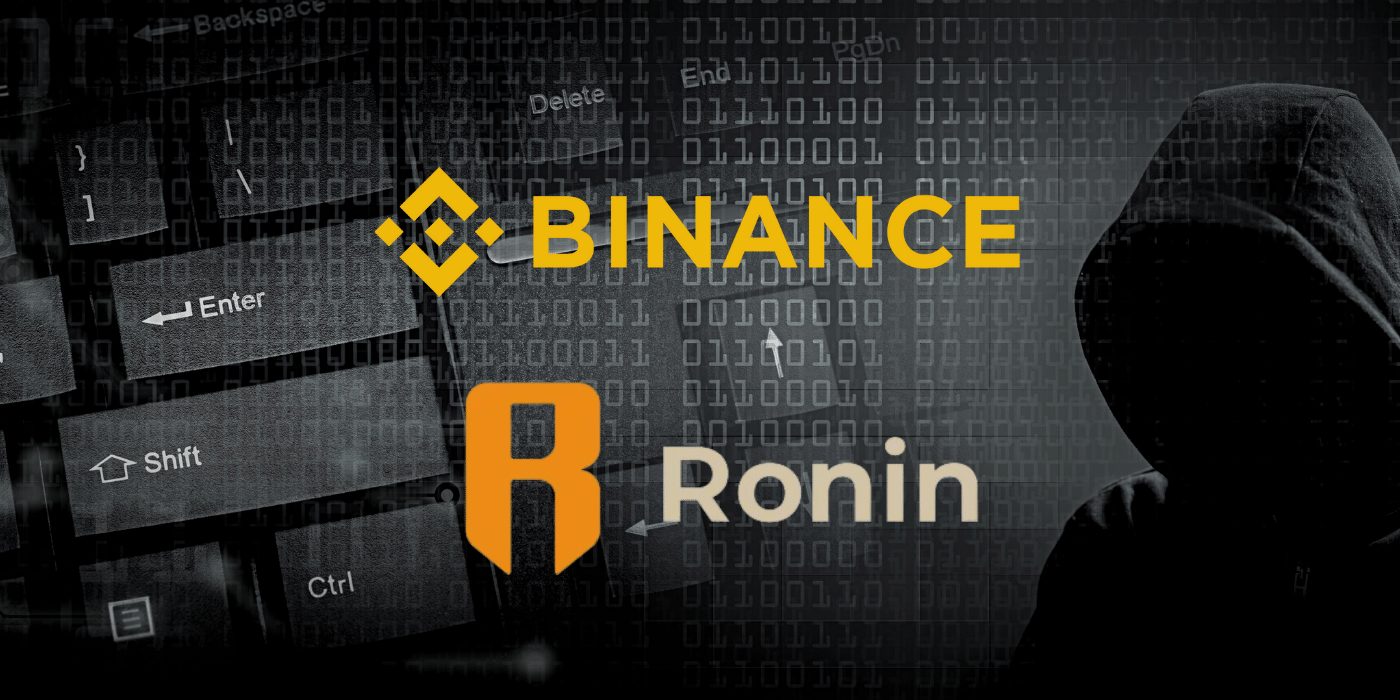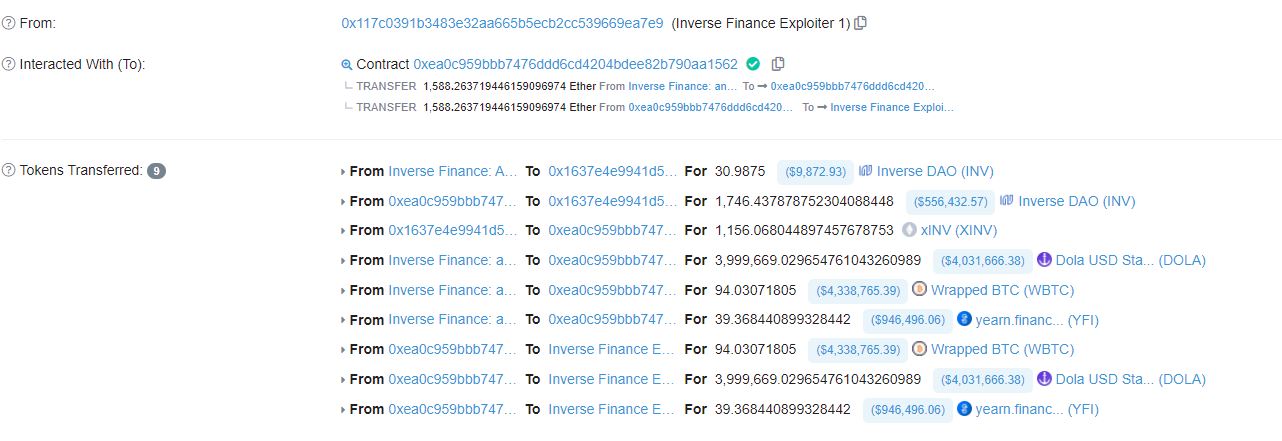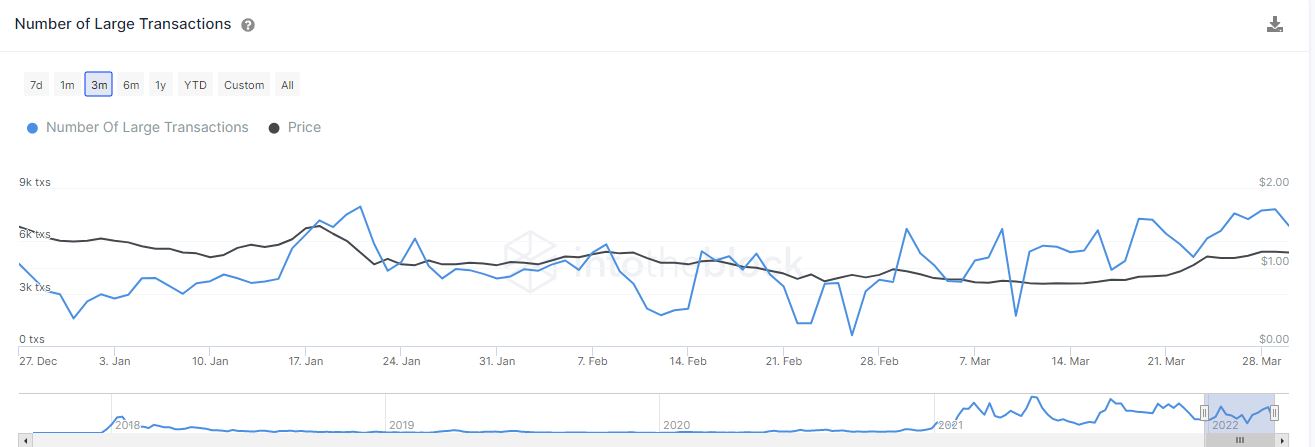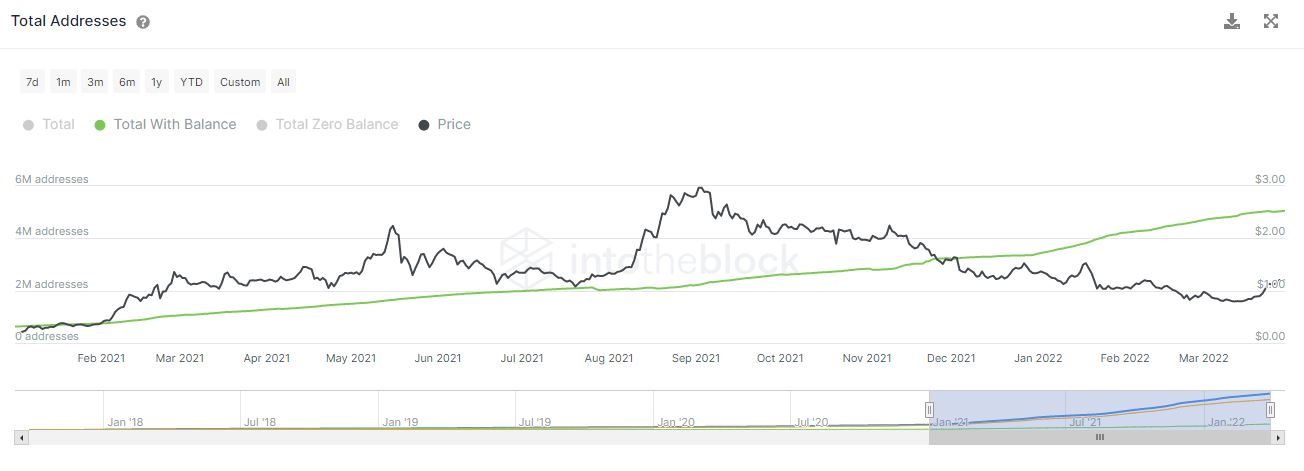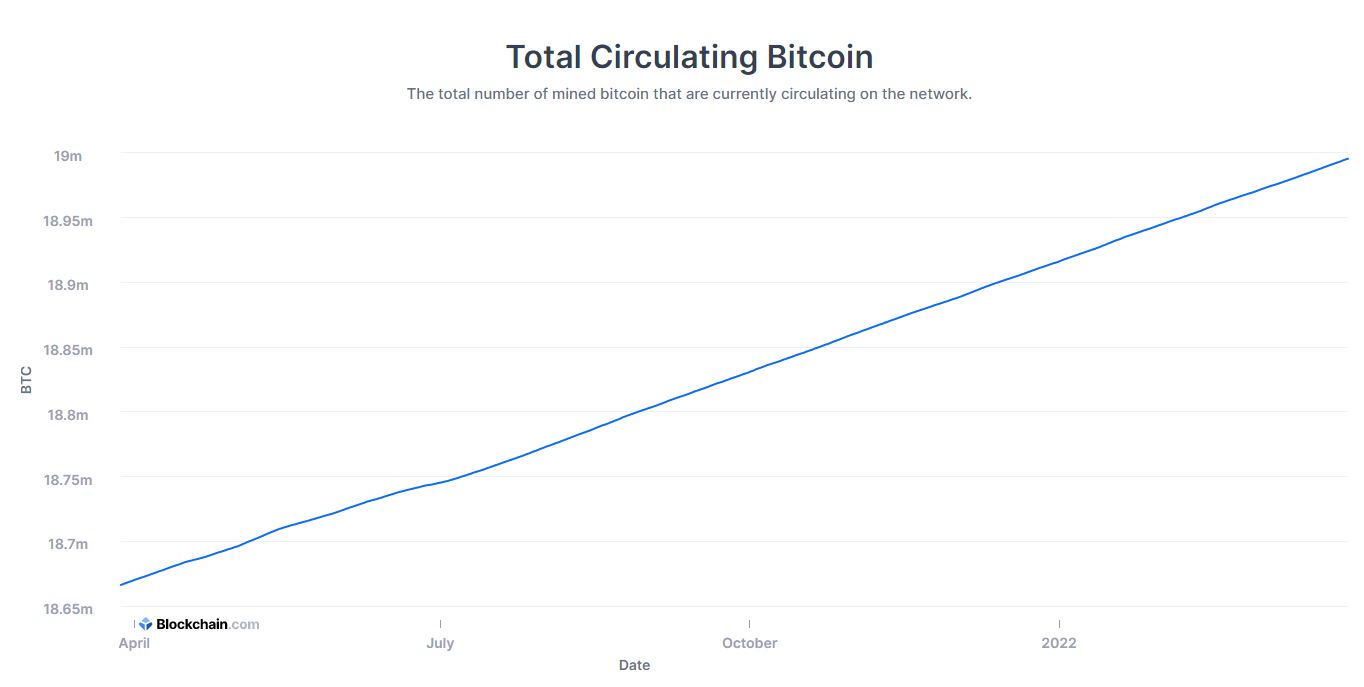Tesla, Block, and Blockstream are working together to build an open-source bitcoin mine that operates by only using renewable energy. The project will make all data available and aims to make such “green” mining ventures more viable.
Industry Leaders Team Up for Green Bitcoin Mining
In the Bitcoin (BTC) mining sector, some of the world’s biggest players have started collaborating to build the next generation of mining facilities. According to an announcement from Blockstream and Block Inc (formerly known as Square), both companies will be teaming up with Tesla to build a fully solar-powered bitcoin mining facility in Texas, US.
The facility will be powered by the 3.8 megawatt (MW) Tesla Solar PV array and energy stored in the 12 megawatt-hour (MWh) Megapack. The facility will also be an “open-source” proof-of-concept bitcoin mine operating on 100 per cent renewable energy.
The mine will process an estimated 30 petahashes per second and is anticipated to be complete before the end of this year. The entire project will be conducted to determine the feasibility of a solar-powered mining operation. This project was initiated in mid-2021 when Square invested US$5 million into infrastructure for the solar-powered crypto mine.
Mining Data to be Freely Accessible
By saying the mine will be “open-source” means that regular reports about the economics of the project will be made publicly accessible. Important metrics such as power output, bitcoin mined, and at a later stage, key metrics about the solar performance will be made available.
We figured we would actually make it a reality and public information in a more transparent way that’s usually done for commercial competitiveness reasons so that we can have a more informed discussion […] If we publish the raw data, the raw financial information, it speaks for itself.
Adam Back, Blockstream CEO
The data will be displayed through a 24/7 dashboard accessible through a browser, “providing the industry with a real-world, real-time case study of a zero-emission energy Bitcoin mine”.
People like to debate about the different factors to do with bitcoin mining. We figured, let’s just prove it. Have an open dashboard so people can play along; maybe it can inform other players to participate.
Adam Back, Blockstream CEO
If the project is successful, it will be operable from anywhere without the need for local infrastructure. This makes carbon-free bitcoin mining at scale available to anyone with a few million to spare for the infrastructure.
Advancing Bitcoin and Renewable Energy
Blockstream CEO Adam Back believes that “by collaborating on this full-stack, 100 percent solar-powered bitcoin mining project using solar and storage technology from Tesla, we aim to further accelerate bitcoin’s synergy with renewables”.
The rush for a green bitcoin has seen many companies change and innovate ways to make BTC sustainable. However, a recent report from digital asset management firm CoinShares stated that the network’s contribution to global carbon emissions was “inconsequential”.

